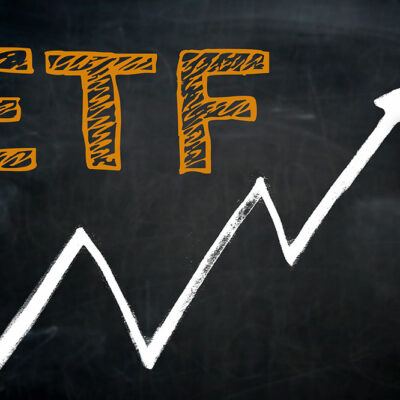
A handy guide to buying the right laptop
Laptops are powerful portable tech that is versatile, compact, and fast, making them the preferred choice. However, the best laptop for you is the one that complies with your needs.
Now, there is a plethora of laptops in the market. This makes choosing the right device a daunting task. To help you, here is a guide to help you buy a laptop as per your needs and the best ones available in the market.
Plan your budget
Thanks to tough competition between laptop brands, you can buy a laptop for as low as $200. But if you can increase your budget, you can buy a quality laptop with better performance and features. Laptops like HP Stream and Dell Inspiron 11 3000 are the least expensive, costing about $150-$200. Laptops costing $900 and above have faster processors, cutting-edge graphics, and powerful resolutions. Moreover, they are lighter, making them efficiently portable.
Pick your operating system
Do you want a Windows or a macOS? There is no wrong answer, as the choice of the operating system solely depends on your preference. If you are confused, here’s a brief summary of each. Windows 10, Microsoft’s latest operating system, is the most flexible. Moreover, laptops with Windows OS are generally inexpensive and offer features like touch screens and dual graphic chips. On the other hand, macOS Big Sur is Apple’s latest desktop operating system and is expensive. If you are a tech wizard and know your way around an OS, you can also choose operating systems like Chrome OS and Linux.
Specifications
As per your needs and budget, opt for the most powerful processor, as processors influence the performance and speed of the laptop. Most laptops have an Intel ® processor, although some laptops even come with an AMD processor. Inexpensive laptops offer Intel ® Atom ® , Intel ® Celeron ® , and Intel ® Pentium ® CPUs that are good for light document editing and browsing. However, if multitasking and speed are important to you, then opt for an Intel ® Core ™ i3, or better yet, an i5 or i7.
Next, you should check the RAM size. Most offer only 4GB RAM space. However, experts recommend that you opt for a minimum of 8GB RAM. Furthermore, get a laptop with a solid-state drive (SSD) since these are three times faster than a hard drive. Consider buying a laptop with a minimum of 9-plus hours battery life with a 12.5- to 14-inch screen size.
Top 5 laptops of 2021
To further help you, here are the five best laptops of 2021:
Equipped with an 8th Gen Intel® Core™ processor and 16 GB RAM, the Google Pixelbook Go is the perfect choice if you’re looking for a fast and efficient laptop. Along with a great processor and impeccable response rate, this laptop boasts of a touchscreen display that can play 4K videos. If you’re looking to upgrade your laptop, checkout Google’s laptops on sale and save big this shopping season.
The Dell XPS 13 offers excellent performance, 3.5K OLED touchscreen, i3-i7 processor, option to choose an 8GB or 16GB RAM, SSD storage, powerful display, and a sleek design.
The Apple MacBook Air with the latest M1 chip provides an outstanding 14-plus hours of battery life and lightning-fast processing speed.
Next is the Microsoft Surface Laptop 4 that is powered by the Intel® Core™ i5/i7. It comes with features like touchscreen, top-notch graphics, and up to 1TB SSD storage.
Finally, don’t forget to check out the latest IdeaPad Slim 7 by electronic giant Lenovo. The recently-released laptop comes with a 15.6” display, 11th Gen Intel® Core™ processor, 512 GB SSD storage, Dolby Atmos® Speaker System, and a whole lot more. If you find this laptop a bit pricey, don’t worry. There are several fantastic deals on Lenovo laptops right now, and you can grab this one at a lower price from the company’s website.


